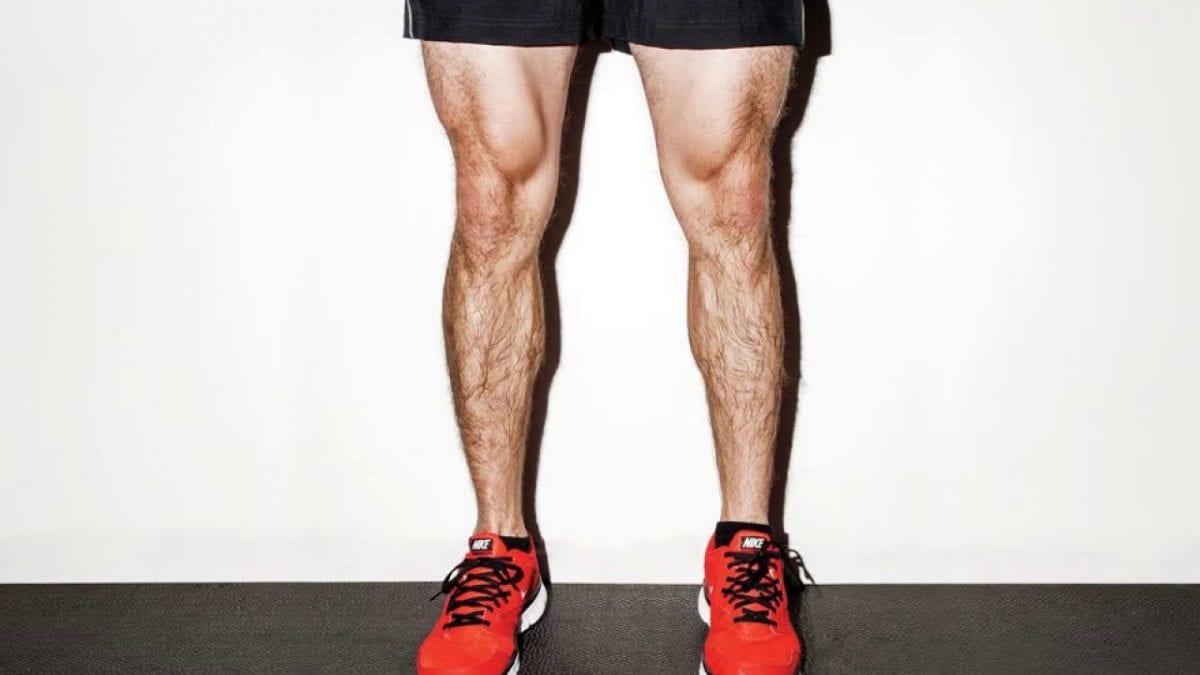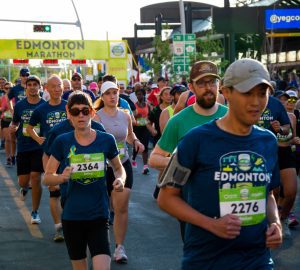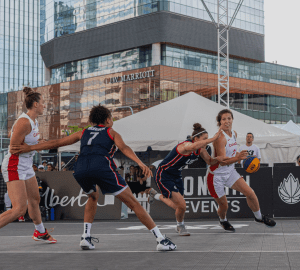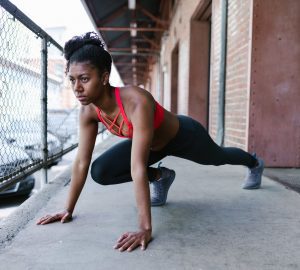Quadriceps are powerful muscles that require focus and consistency in order to train them properly. However, you should be well aware of potential injuries that can occur and how to maintain healthy quadriceps during training. For everything you need to know, here is your go-to guide for building bigger quads.
What are the quadriceps and what do they do exactly?
The word quadricep literally means four (quad) heads (ceps). This is because your quadriceps are formed of 4 muscles, which are the rectus femoris, vastus lateralis, vastus intermedius and vastus medialis. They are located on the front of your thighs and, to some extent, on the side as well. The quadricep muscles extend from your thigh femur bones to the tibia bones in your shins.
This ligament that connects down to your tibia is called the patellar ligament. It connects to all of the quadricep muscles and gets a lot of use, so much that it can often be at risk of being overused. Your quad muscles are connected to your knee joint by powerful tendons, which then allow you to extend and lower your legs via interaction with the knee. The rectus femoris also crosses your hip, as well as the knee, allowing your hips to flex.
Building bigger quads enables you to:
- Absorb shock after landing from any kind of height
- Stabilize your knees and maintain straightness after impact
- Push off from the ground and jump
- Maintain balance
- Keep pressure off the knee joints
- Turn direction during any kind of sporting movement
- Stabilise the pelvis and have good hip flexibility
Common quad injuries and how to avoid them
As mentioned, all of your quad muscles get a lot of use and are at risk of injury if not properly looked after. Here are some of the most common quad injuries and how to avoid them.
1. Muscle cramping and severe quad pains
This is a common ailment that occurs for runners who fail to drink enough or go too heavy in training sessions. If you are just starting out as an athlete and are running too much in too high temperatures, then your legs will feel heavier over time, muscles will cramp more easily and you can experience severe pains. Instead, you should build into any fitness routine over time.
2. Severe fatigue in the quadriceps
Fatigue and overuse of the quadriceps are particularly common amongst those who do a lot of exercises for building bigger quads but fail to properly stretch before and after a routine. Instead, stretching should form an integral part of your workouts.
3. Underdeveloped quadriceps
Many often fail to properly exercise their quadriceps in line with other surrounding muscles. Failure to do so can cause your quads to become underdeveloped and weaker than they need to be. This puts pressure on your knees or ankles and can lead to other serious injuries. Instead, your quads should from a standalone part of any weekly leg workout, to avoid muscular imbalances.
Other side effects of quadriceps injuries or overuse include:
- Severe knee pains. Including loss of cartilage, arthritis, dislocation and inflammation.
- Poor posture. Overdeveloped glutes and underdeveloped quads (as a result of too much squatting and not enough quad-focused exercises) can cause poor posture.
- Patellofemoral joint syndrome. Weak quads can cause the back or front of the knee joint to become very painful during day-to-day activities and mild exercise.
Exercising your quads
Building bigger quads involves a combination of stretching, cardio and strength training exercises.
Quad stretches
There are a number of different quadricep stretches you can do, but here are 3 that you should incorporate into your pre and post-workout stretching routines:
- Standing one-legged stretch. Whilst standing on one foot, pull your other ankle up to your buttocks and use one hand to gently pull your leg back further up towards your back. Hold for between 15 and 30 seconds.
- Kneeling lunge. Kneel down on a pad and bring one leg forward so that the knee is at a 90-degree angle. Tuck your pelvis down and lunge forwards. As a beginner, place your hands on your front leg for support, but as you progress, you can place your arms to the side or above your head. Hold the stretch for 30 seconds then switch legs.
- Foam roller. Lay on your front with one leg focused over the foam roller. Roll backwards and forwards and attempt to knead out any painful spots. If pain continues after several days of doing this, then consult a doctor. Perform rolling on each leg for 30 to 90 seconds per quadricep.
Cardio using your quads
Here are some great cardiovascular exercises you can do which will help with building bigger quads.
- Cycling. Any form of cycling is great for isolating the quads and is good if you suffer from joint pain as this is low impact.
- HIIT. High-Intensity Interval Training involves explosive movements like sprints. You can perform these on any running surface, and the goal is to get your heart working at 80% or more capacity for short periods of time. Break up HIIT with short breaks to recoup energy.
- Backwards walking. Backwards walking can be done anywhere, but use caution not to go too fast when starting out. Backwards walking isolates the quads and also works out the glutes.
Strength training for quads
Again, there are a number of different strength exercises that can be involved in building bigger quads, and here are 3 to incorporate.
- Squats. Squats are great for beginner and expert athletes alike looking to strengthen the whole of the leg in a fast and dramatic way. Wall squats are a great way to start out and ensure good form. Weighted squats using a barbell are good for intermediate lifters looking to build more mass.
- Leg press. Leg press machines are commonly found in all gyms and are very straightforward to use. The press movement also works your hamstrings and glutes, and you can easily add or take away weight based on your strength level. Be sure to never lock out your knees.
- Lunges. Again, lunges can be done with or without added weight and entail you lunging forward with one leg at a time. Make sure your front knee does not extend further than your ankle and that you don’t hold too much weight as this can cause imbalances and injury very easily.
Varied workouts that consistently target the quadriceps will allow you to build up strong, healthy muscles over time. Be sure to stay properly hydrated and never over-exert your quadriceps beyond your capabilities. Instead, focus on minor improvements in strength over a long period of time for the best results.









